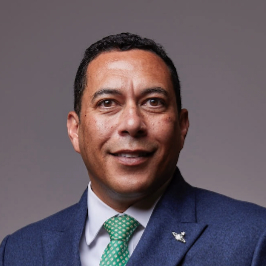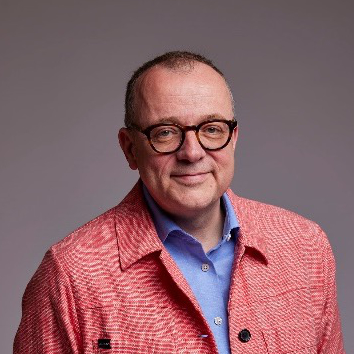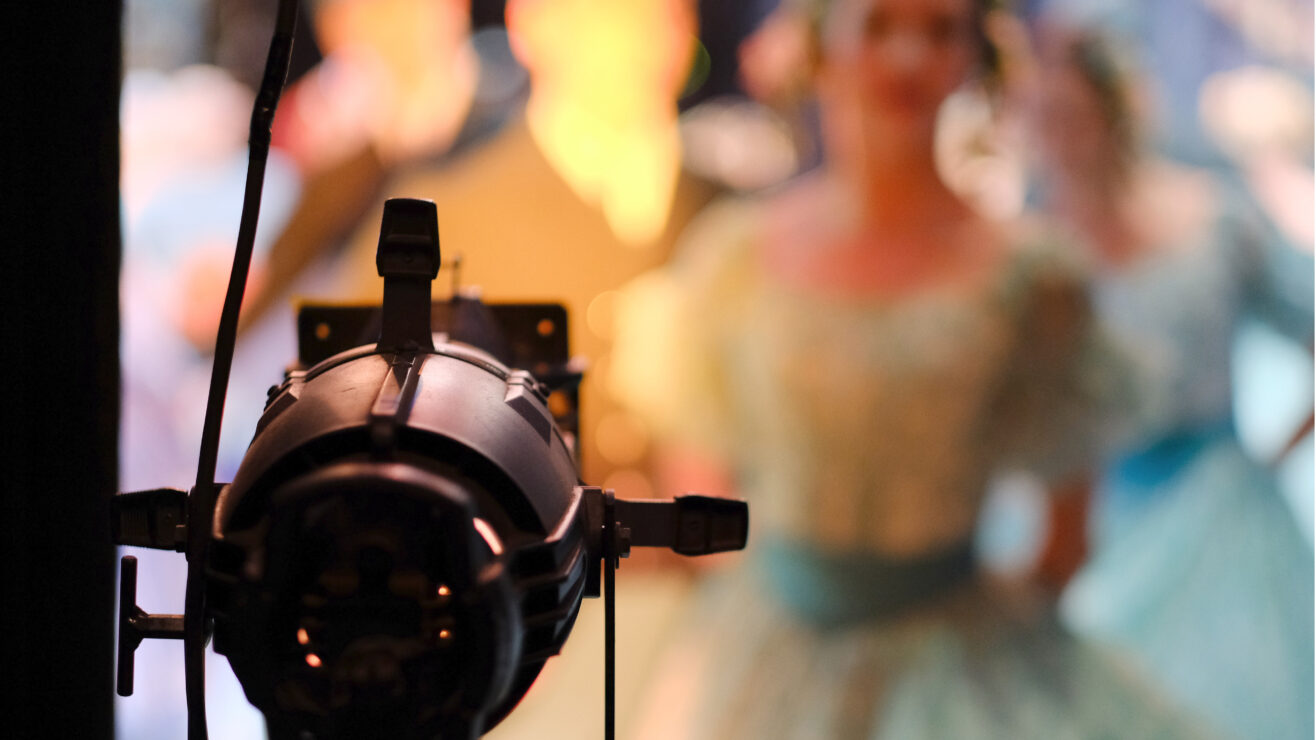Creative education is not a conveyor belt. It’s a crucible.
In the UK’s industrial strategy, the creative industries are rightly recognised as a pillar of national growth. But this recognition comes with a familiar risk: that education will be seen merely as a supplier of skills, a passive pipeline feeding talent into pre-existing systems.
This is a pervasive attitude, which so strongly influences the possibilities for students, they can be anxious about being “industry ready” before they’ve had the chance to explore or define fully what kind of practitioners they want to become. This is a reductive view and one we must resist. Creative higher education is not a service department for industry. It is a cultural force, a site of disruption, a collaborator and a generator of futures not yet imagined.
Partners not pipelines
Creative education does not simply serve industry – it co-shapes it. Our job is not just to deliver talent into predefined roles, but to challenge the boundaries of those roles altogether. We cultivate new forms of knowledge, artistic practice, and cultural leadership. As Michael Salmon has noted, HE’s relationship with the industrial strategy needs rethinking – we think especially in fields where “skills” are not easily reduced to training targets or labour force projections. Education is not just about plugging gaps; it’s about opening space for new kinds of thinking.
Christa van Raalte and Richard Wallis have called for “a better quality of conversation” about the skills agenda in screen and creative sectors. Their point that simplistic, linear approaches to “skills gaps” are not fit for purpose should land hard within our own walls too. We need a better quality of conversation around the creative skills agenda. Narrow, supply-side thinking is not only reductive, it risks cutting off the very dynamism on which the industry depends.
Our graduates don’t only “enter” the creative industries. They redefine them. They found new companies, invent new formats, challenge power structures, and expand what stories get told and who gets to tell them. To conceive of specialist creative HE as mainly a workforce provider is to misunderstand its essence. Our institutions are where risk-taking is possible, where experimentation is protected, and where the creative freedoms that industry often cannot afford are made viable.
Resistance from within
The danger isn’t just external. It’s internal too. Even within our own institutions, we sometimes absorb the language and logic of the pipeline. We begin to measure our worth by the requirement to report on short-term employability statistics. We are encouraged by the landscape to shape curricula around perceived “gaps” rather more than emerging possibilities. The pressure of metrics, league table and reputation help us to believe that our highest purpose is to serve, rather than to shape.
This internalisation is subtle and corrosive. It narrows our vision. It makes us reactive instead of generative. And it risks turning spaces of radical creativity into echo chambers of industry demand. It is a recipe for sameness and status quo, a situation many call to change.
We must be vigilant. We must ask ourselves: are we designing education for the world as it is, or for the world as it could be? Are we opening access, nurturing the disruptors, the visionaries, the cultural architects — or only the job-ready?
When creative institutions start to measure their value predominantly through short-term employability metrics, or shape curriculum mainly around perceived industry gaps, we lose the distinctiveness that makes us valuable in the first place.
We risk:
- Designing education around current norms, not future needs
- Prioritising technical proficiency over critical inquiry
- Favouring students most likely to succeed within existing structures, rather than supporting those most likely to change them
If we define our purpose only in terms of industry demand, we abandon much responsibility.
From pipeline to ecosystem
What we need is a new compact: not “education as service provider,” but “education as ecosystem partner.” A pipeline feeds. An ecosystem nurtures, nourishes and grows.
This approach:
- Recognises specialist creative HE as a site of research, innovation and values-driven practice
- Treats industry as a collaborator, not a master – collaboration is especially present in research activity and creative projects led by industry professionals
- Encourages co-creation of skills agendas, not top-down imposition
- Embraces long-term thinking about sector health, sustainability, and inclusion – not just short-term workforce readiness
The creative economy cannot thrive without imagination, critical thinking, inclusion, and cultural complexity; all things specialist institutions are powerfully placed to nurture. But this can only happen if we reject limiting narratives about our role. The industrial strategy may frame education as an economic lever to support the growth in the creative industries, but we must resist being reduced to a lever alone. Meeting the opportunities in the strategy is both an invitation to engage with sector needs, help shape the future and a challenge to the cultures of training, pedagogy and research whose long roots exercise power in specialist HE.
If we want to protect and evolve the value of creative higher education, we must speak with greater clarity and confidence to government, to industry, and to ourselves. This is not about resisting relevance or rejecting partnership. It’s about ensuring that our contribution is understood in full: not only as a supply chain, but as a strategic and cultural force.
Importantly, we must acknowledge that our graduates are not just contributors to the UK’s creative economy – they are cultural ambassadors on a global stage. From Emmy, Oscar and BAFTA winning actors to internationally celebrated designers, technical artists, writers and directors (and so much more) UK-trained creatives shape discourse, aesthetics, and industries across the world. To frame their education in purely national economic terms is to limit its scope and power.
Because the purpose of creative education isn’t just to help students find their place in the industry. It’s to empower them – and us – to shape what that industry becomes.













